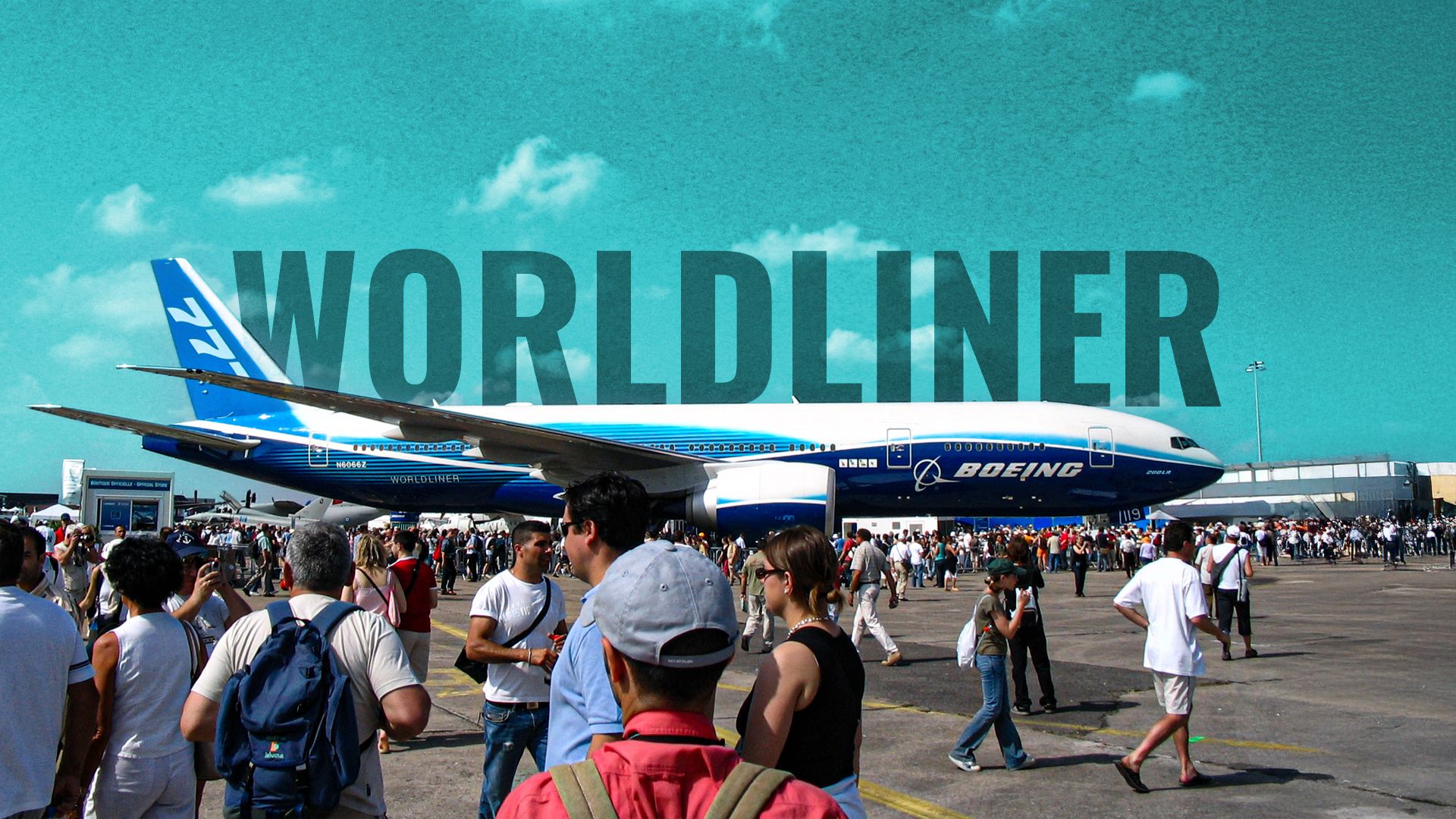On November 10, 2005, the Boeing 777-200LR made aviation history by landing at London Heathrow Airport after completing a nonstop journey of over 11,664 nautical miles (21,601 kilometers). This remarkable flight, which began at Hong Kong International Airport on November 9, took a total of 22 hours and 42 minutes, marking a significant achievement in long-haul air travel. The aircraft was recognized by the Guinness Book of World Records for its unprecedented range.
Captain Suzanna Darcy-Henneman, Boeing’s lead test pilot for the 777, had the distinct honor of piloting this groundbreaking flight. Notably, she was the first female production test pilot in Boeing’s history. The 777-200LR, dubbed the “Worldliner,” was powered by two of the most powerful commercial turbofan engines, the General Electric GE90-115B. This aircraft model, the fifth variant of the 777 family, was designed to connect virtually any two cities across the globe.
The record-setting flight route took the Worldliner east from Hong Kong over the Pacific Ocean, crossing the International Date Line before reaching North America. The journey continued over the mid-North Atlantic Ocean, culminating in its landing at Heathrow. Lars Andersen, vice president and program manager for the 777 program at Boeing Commercial Airplanes, stated in a press release, “The 777 has been a leader in its market ever since it first went into service. The 777-200LR Worldliner continues that market leadership by offering unmatched capability that allows airlines to offer passengers nonstop routes to their destinations.”
The 777-200LR surpassed the previous distance record held by a Boeing 747-400, which flew 9,200 nautical miles (17,039 kilometers) from London to Sydney in 1989. It also outperformed the 777-200ER (Extended Range), which completed a flight of 10,823 nautical miles (20,044 kilometers) from Seattle to Kuala Lumpur in 1997.
Worldliner Specifications and Market Impact
The first production models of the 777-200LR were delivered in 2006, featuring a capacity of 301 seats and a normal service range of 9,420 nautical miles (17,445 kilometers). Ultimately, Boeing produced only 61 units of this aircraft due to its specialized market, which focused on ultra-long-haul routes. The design prioritized a high maximum fuel capacity, allowing for extraordinary range but limiting payload capacity, which affected its economic viability on routes not requiring its full range.
The aircraft specifications are impressive:
– Seats (2-class): 317
– Range: 8,555 nautical miles (15,843 kilometers)
– Length: 63.7 meters (209 feet 1 inch)
– Wingspan: 64.8 meters (212 feet 7 inches)
– Height: 18.6 meters (61 feet 1 inch)
– Engine: GE90-115B
Although the passenger version of the 777-200LR is no longer in production, it has found success in the freight market. Many earlier passenger models are being converted into freighters, taking advantage of the airframe’s weight-to-volume characteristics. The 777-200LR serves as the basis for the Boeing 777 Freighter, which utilizes the fuselage length of the -200LR but incorporates the larger gross weight and wings of the -300ER.
Transforming Long-Haul Air Travel
The Boeing 777 family has played a crucial role in advancing aviation safety and engineering, leading to a shift from quadjet aircraft to more efficient twin-engine models on international routes. The baseline 777-200 was the first commercial aircraft to receive ETOPS-180 certification when it entered service in 1995, marking a significant milestone for twin-engine aircraft. In 2011, the 777-200LR and -300ER models achieved type-design approval for ETOPS up to 330 minutes.
Captain Darcy-Henneman, who also piloted the inaugural flight of the 777-200LR, remarked, “The 777-200LR’s ability to connect the world is amazing. Flying the first flight is an honor and a rare opportunity.” Her contributions to the aircraft’s legacy were recognized in 2010 when she was inducted into the Women in Aviation Pioneer Hall of Fame.
The 777-200LR set a new standard for nonstop commercial air service, enabling direct routes between nearly any two cities globally. As a result of its design, airlines could now operate flights through areas previously restricted to twinjets, such as the South Pacific and Southern Indian Oceans.
The 777-200LR and the 777-300ER were developed concurrently as part of the Worldliner program. Both aircraft share a strong engineering foundation, equipped with the same GE90 engines that contributed to their remarkable payload and range capabilities. The legacy of the 777 family has influenced the design of subsequent aircraft, including the 777X and the 787 Dreamliner.
As the aviation industry continues to evolve, the 777-200LR remains a rare sight in commercial aviation today. It is primarily operated by a select group of airlines, including Air Canada, Air India, and Qatar Airways. Air India’s Bengaluru–San Francisco route is currently the longest scheduled flight for the 777-200LR, covering 8,691 nautical miles.
The impact of the Boeing 777-200LR extends beyond its record-setting flight. It has paved the way for advancements in aircraft design and efficiency, solidifying its place in aviation history.







